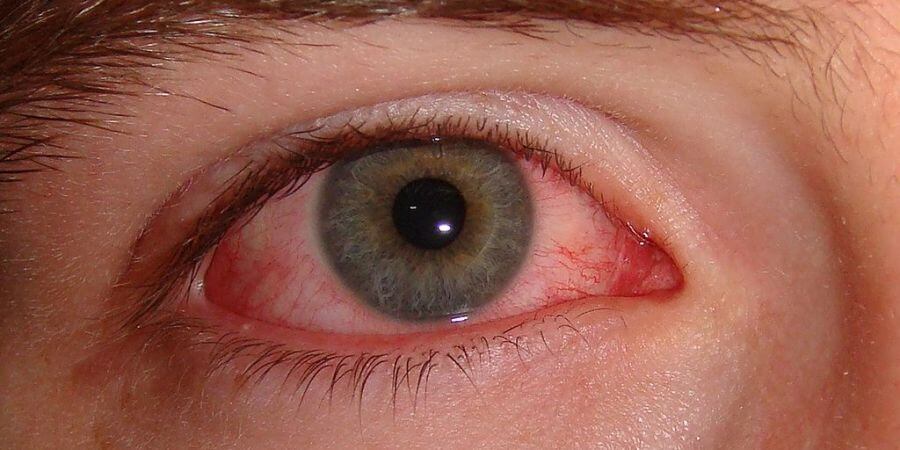Home » Blog » Pink Eye: Symptoms and Treatments
Pink Eye: Symptoms and Treatments
Posted by: Coastal Eye Associates in Eye Health on August 12

Pink Eye is a common eye infection. Below is some great information provided from the CDC.
Pink Eye is Common
Pink eye, or conjunctivitis, is one of the most common and treatable eye conditions in the world. It can affect both children and adults. It is an inflammation of the thin, clear tissue that lines the inside of the eyelid (conjunctiva) and the white part of the eyeball. This inflammation makes blood vessels more visible and gives the eye a pink or reddish color.
Pink Eye Symptoms
The symptoms may vary, but usually include:
- Redness or swelling of the white of the eye or inside the eyelids
- Increased amount of tears
- Eye discharge which may be clear, yellow, white, or green
- Itchy, irritated, and/or burning eyes
- Crusting of the eyelids or lashes
- Contact lenses that feel uncomfortable and/or do not stay in place on the eye
There are Four Main Causes of Pink Eye
There are four main causes of pink eye:
- Viruses
- Bacteria
- Allergens (like pet dander or dust mites)
- Irritants (like smog or swimming pool chlorine) that infect or irritate the eye and eyelid lining
It can be difficult to determine the exact cause of pink eye because some signs and symptoms may be the same no matter the cause.
Wash your hands and help children was their hand to help keep pink eye from spreading.
Take Steps to Stop Pink Eye from Spreading
When pink eye is caused by a virus or bacteria, it is very contagious. It can spread easily and quickly from person to person. Pink eye caused by allergens or irritants is not contagious. Follow these simple self-care steps to reduce the risk of getting or spreading pink eye:
- Wash your hands often with soap and warm water for at least 20 seconds
- Avoid touching or rubbing your eyes
- Avoid sharing makeup, contact lenses and containers, and eyeglasses
Some People with Pink Eye Need to See a Doctor
There are times when it is important to see a healthcare provider for specific treatment and/or follow-up. You should see a healthcare provider if you have pink eye along with any of the following:
- Moderate to severe pain in your eye(s)
- Sensitivity to light or blurred vision
- Intense redness in the eye(s)
- A weakened immune system, for example from HIV or cancer treatment
- Symptoms that get worse or don’t improve, including bacterial pink eye that does not improve after 24 hours of antibiotic use
- Pre-existing eye conditions that may put you at risk for complications or severe infection
- An infant or newborn with symptoms of pink eye should see a healthcare provider immediately
If you need to see a doctor, please schedule an appointment online with one of our doctors.
